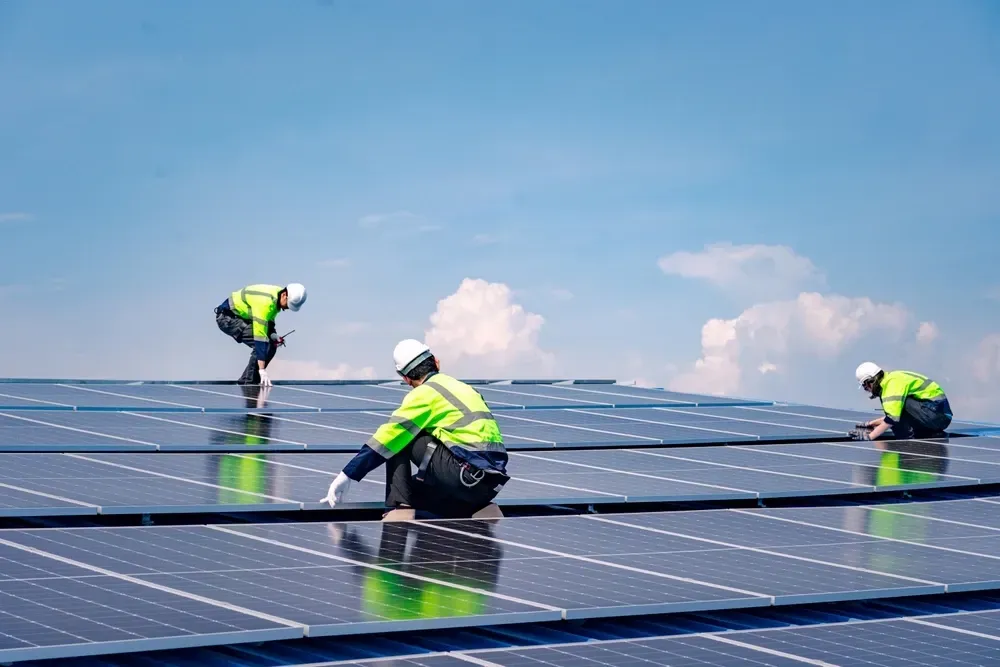India has crossed a major milestone of over 100 gigawatts of installed solar power capacity, reaffirming its leadership in the world in renewable energy. The total solar capacity of the country as of January 31, 2025, is 100.33 GW, while 84.10 GW is under implementation and 47.49 GW under tendering.
Union Minister of New and Renewable Energy, Pralhad Joshi, described India’s energy transition over the past decade as “historic and inspiring,” highlighting the transformative impact of initiatives like solar panels, solar parks, and rooftop solar projects.
“India’s energy journey over the past 10 years has been historic and inspiring. Initiatives like solar panels, solar parks, and rooftop solar projects have brought about revolutionary changes,” he stated. “As a result, today India has successfully achieved the target of 100 GW of solar energy production. In the field of green energy, India is not only becoming self-reliant but is also showing the world a new path,” he added.
Surge in Local Manufacturing
This is complemented by the large growth in domestic solar manufacturing: in 2023 alone, India added 20.8 GW of solar module capacity and 3.2 GW of solar cell capacity. Projections are that the country’s solar module manufacturing capacity will surpass 150 GW, and its solar cell capacity will cross over 75 GW in the next five years. These are essential steps to bring down import dependency and achieve the renewable energy goals.
Policy Initiatives Driving Growth
Government policies have gone a long way in contributing to this growth. The Indian clean energy companies will, henceforth, from June 2026, use locally produced solar cells supplied by a pre-approved list of firms in government projects. The move comes in a bid to reduce the dependence on imports from China and strengthen local manufacturing.
Scaling Up Charging Infrastructure
The progress notwithstanding, India has a long way to go before it can lay out the charging network required. Experts underline that the country needs installation of more than 500,000 charging stations every year to meet the target set for 2030. On the other hand, some of the key challenges include land availability, grid infrastructure, and high initial investment costs. The total solution to these will lie in a mix of government incentives, private sector participation, and business models that ensure widespread adoption of EVs.
Government and Industry Cooperation
The Indian government has already rolled out some plans in place with initiatives such as FAME and pushed this venture private industries take leadership under current major firms—Tata Power, ChargePoint India, BPCL—who heavily invest in this EV infrastructure business segment. Continue with support and partnership policy support on top and between industry participation can really further faster help establish its e-EV infrastructure solid backbone by supporting decreasing dependents overfossil and greenhouse effects caused from their running as means cutting its harmful components across borders end.
Future Aspirations
In the endeavor to achieve 500 GW of non-fossil fuel-based energy capacity by the year 2030, as envisioned by Prime Minister Narendra Modi, the new landmark and rise in domestic manufacturing are testaments to the country’s commitment toward a greener, cleaner future.
In a nutshell, the achievement of more than 100 GW of solar power capacity by India, together with the rapid growth of local manufacturing, underlines the huge strides being made in renewable energy.


1 Comment
Pingback: India Pushes for 500 GW Renewable Energy Goal by 2030